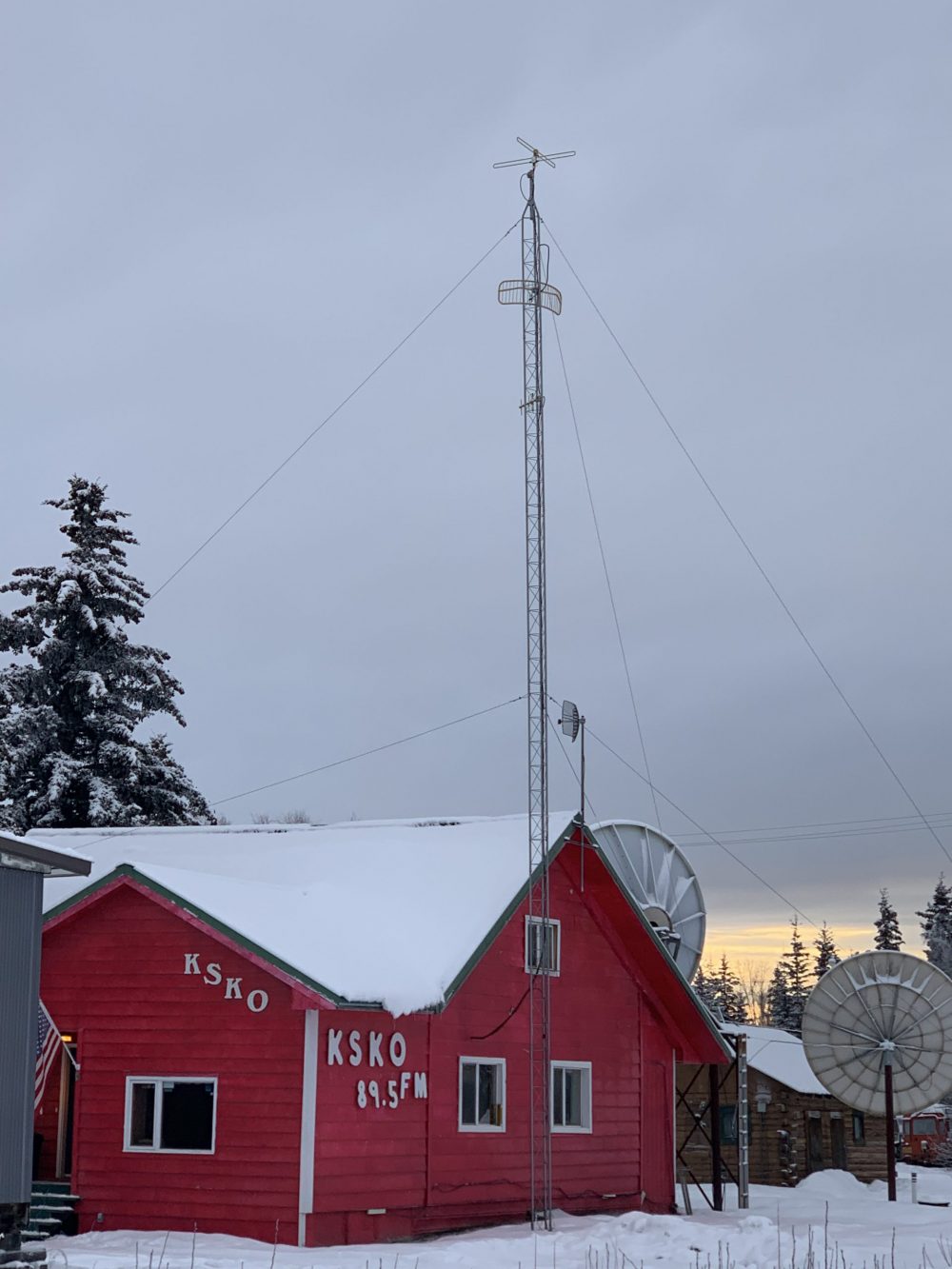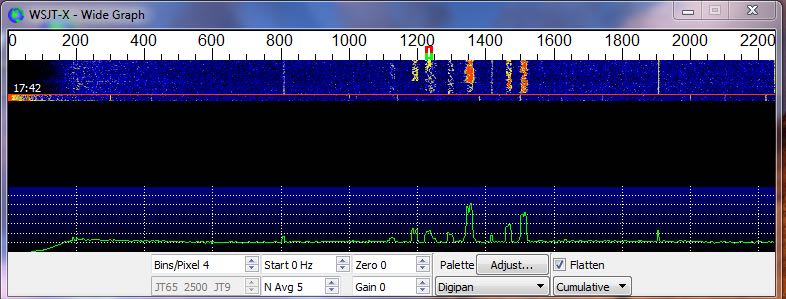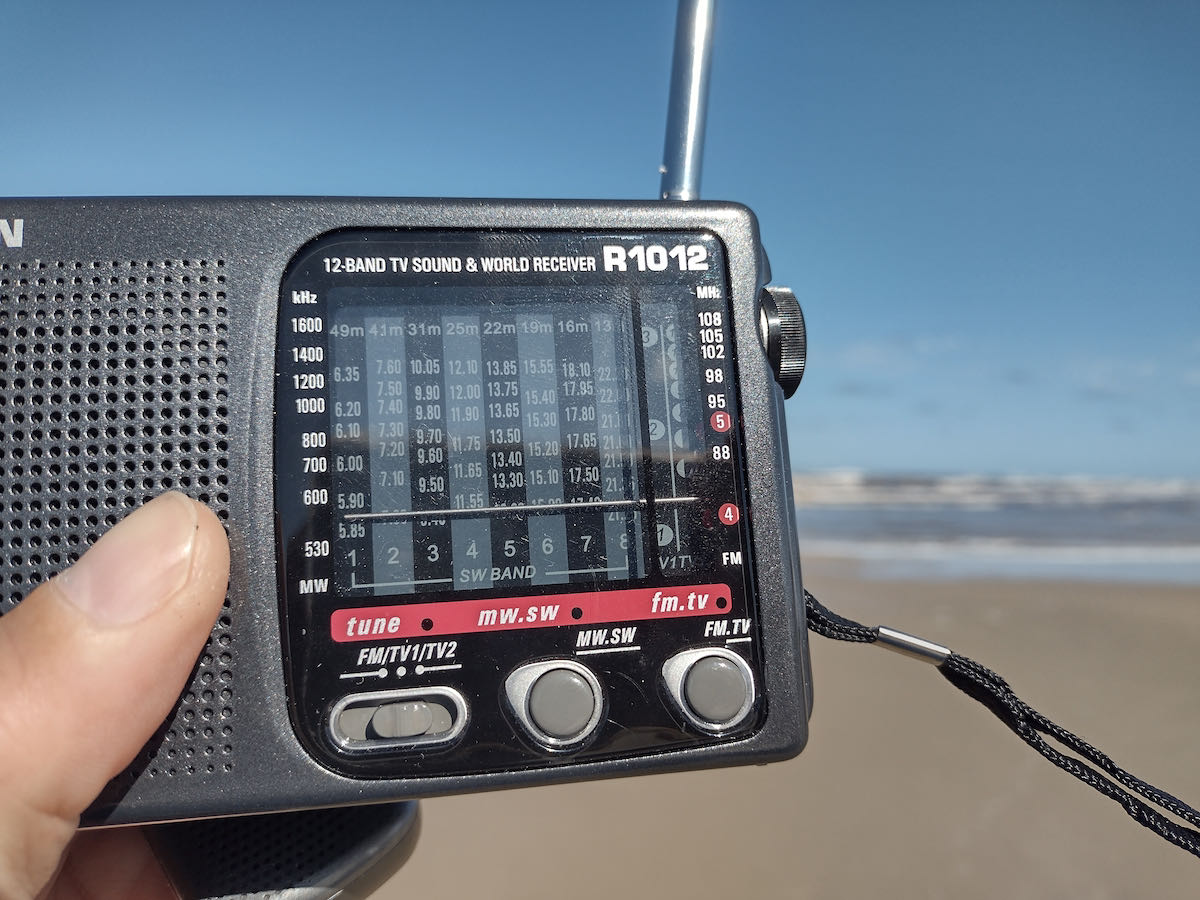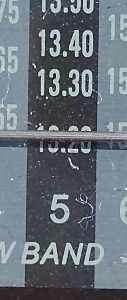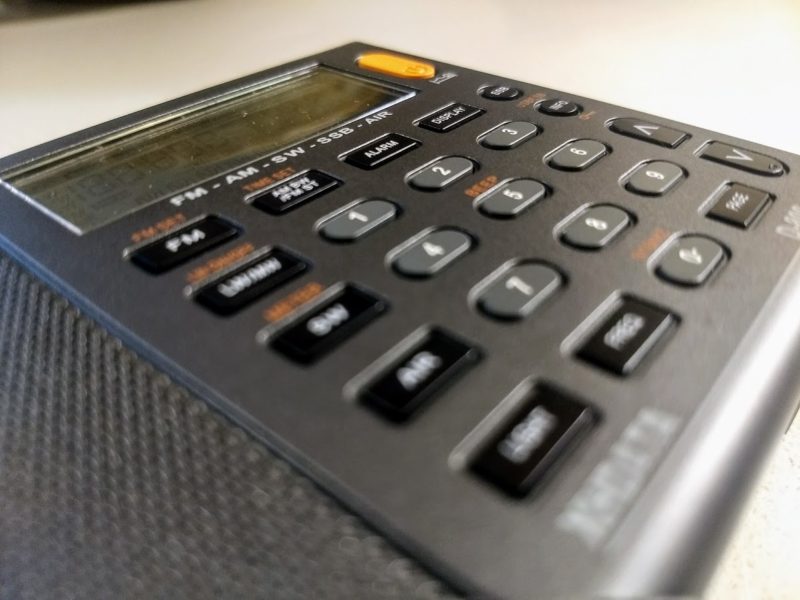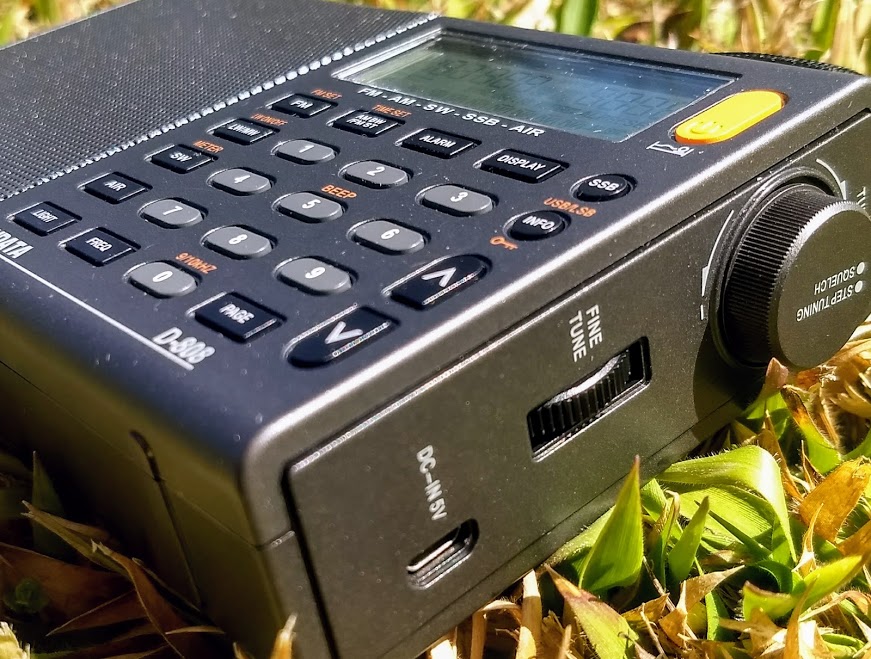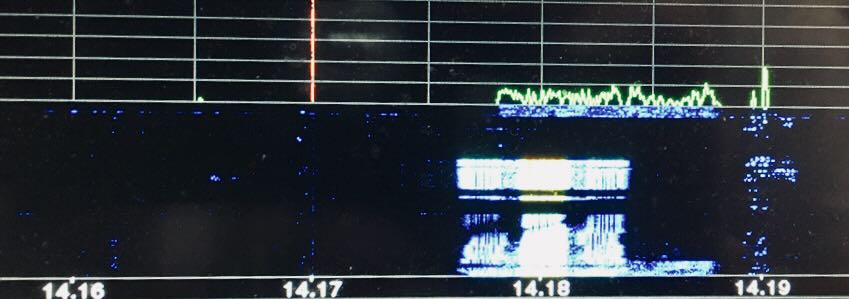 I received the following message from my buddy Rob (NC0B) who is trying to identify a couple of signals on the 20 meter band. Rob kindly gave me permission to post his email here on the SWLing Post with the idea that someone may be able to help him solve this:
I received the following message from my buddy Rob (NC0B) who is trying to identify a couple of signals on the 20 meter band. Rob kindly gave me permission to post his email here on the SWLing Post with the idea that someone may be able to help him solve this:
The following is a description of two odd digital signals observed on 20 meters with transmission modes I do not understand. They may not amateur transmissions, but I have no way to decode them. They stick out like a sore thumb on 20m in the Extra portion of the phone band. The time of day on August 20th was between 11:50 AM and 12:00 PM MDT.
Two weeks ago I was in QSO on 14,170 kHz and occasionally there was the same 10 kHz wide digital signal but centered on 14,171 kHz. It sounded like the old Russian jammers buzz saw modulation. Those signals from decades ago were much wider, and or course we didn’t have high resolution spectrum scopes back then. Today the same transmissions occurred several times, and more than once a minute for about 5 seconds each. In total the transmissions may have occurred on and off for about 10 minutes.
Then after a few 10 kHz transmissions a different signal came on the air a few times with what looked like a digital modulated carrier plus digital sidebands on each side of the middle signal.
Look at the attached JPG file and I’ll try to make sense out of it:
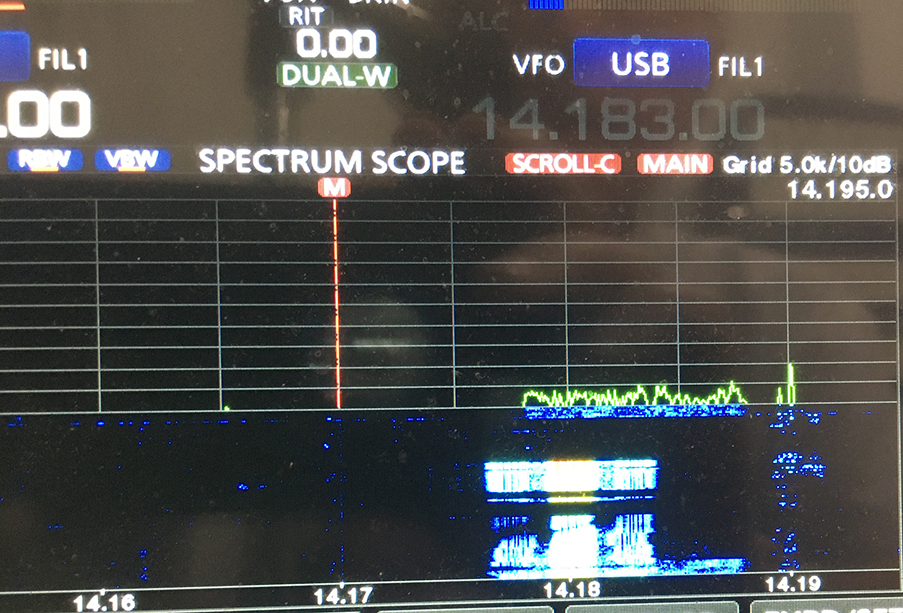
The waterfall image lasts about 50 seconds on the Icom IC-7610 set on slow. There are two different signals to differentiate in this image. The signal I observed two weeks ago and today is 10 kHz wide and today spans from 14,178 to 14,188. It shows up in green on the band scope, and just under it in blue on the water fall for about 3 seconds of the approximate 5 second transmission. You can also see at the bottom of the waterfall the previous transmission that has about 4 seconds worth saved on the waterfall running off the bottom. The horizontal span of the scope was set to 5 kHz per division.
Once the 10 kHz wide signal started, I went to Dual Watch so I could listen for KL7QOW on 14,170 kHz for a sked, and hear the buzzing signal on 14,183 kHz in SSB mode. That frequency placed the carrier position of the SSB 2.8 kHz bandwidth in the center of the 10 kHz wide signal.
Soon after I started observing the relatively flat spectrum of the 10 kHz signal, a new digital signal appeared about 3 kHz lower in frequency. At first it had a much stronger center modulated carrier about 2 kHz wide and then two symmetrical digital signals on each side within about a 6 kHz total bandwidth. I wasn’t able to capture the best picture of the 2nd signal as it appeared to be tuning up. The amplitude difference between the central signal and the separate sidebands initially was about 15 dB. Vertical divisions are 10 dB.
On the waterfall you can see the second type of signal is centered on about 14,180 kHz. The modulation depth of the outer pairs of signals were not constant, possibly due to selective facing. QSB was quite significant at this time at least to Alaska. You can see there was a short break of a few seconds in the 6 kHz wide signal. Every time I have seen the 10 kHz wide signal its amplitude across the transmission bandwidth has been fairly constant, always of short duration, and repeating several times within 10 minutes before terminating.
Does anyone have any idea what either of these transmissions are? I have heard of email digipeaters, but I would not think their bandwidth would be this wide.
Rob, NC0B
SWLing Post community: Please comment if you can help Rob ID these signals!
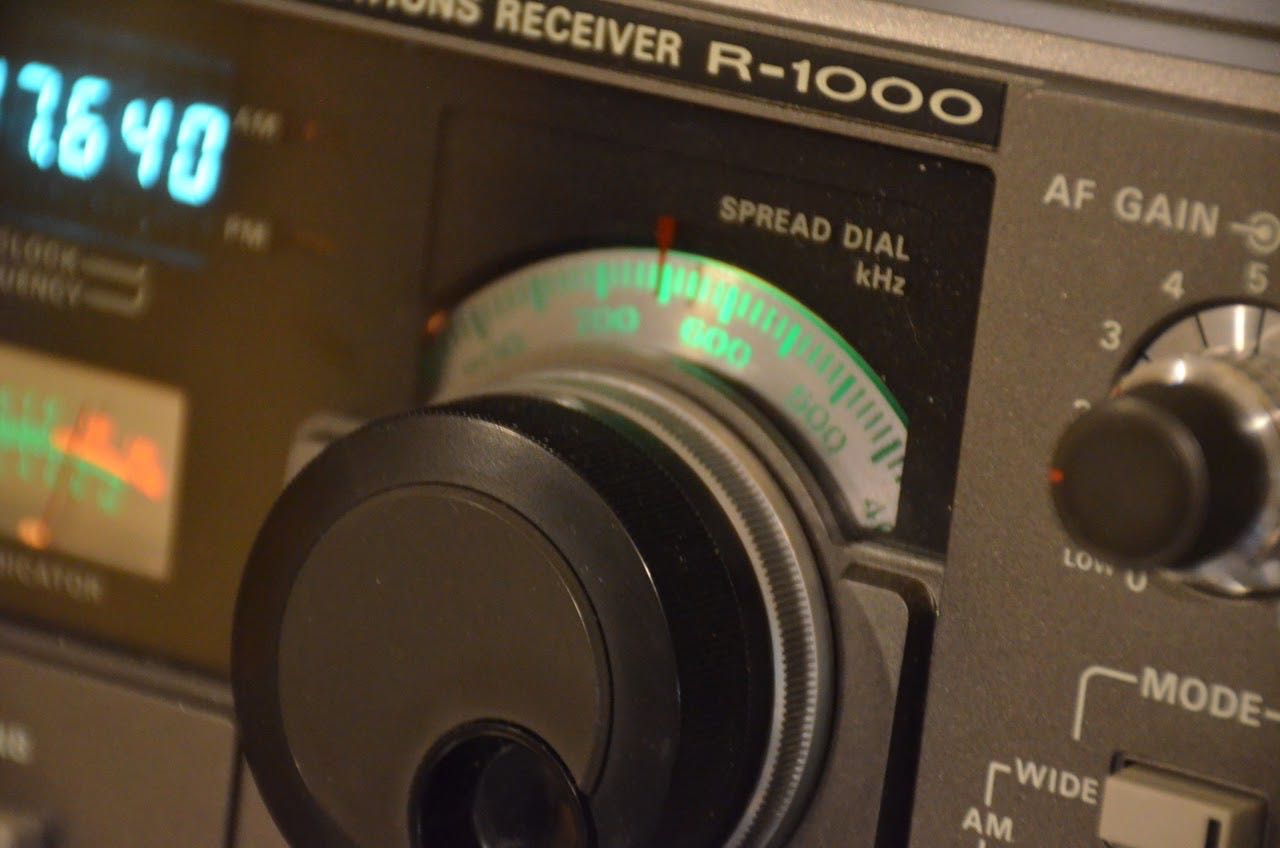 Many thanks to SWLing Post contributor, Pete Jernakoff, who writes:
Many thanks to SWLing Post contributor, Pete Jernakoff, who writes:
